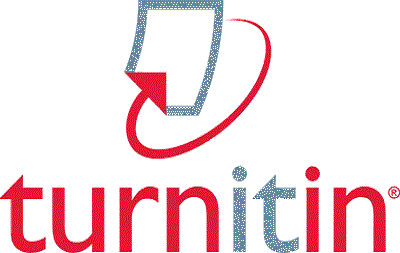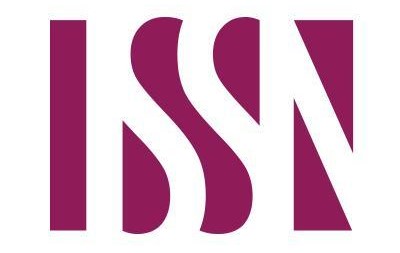Determining an index to predict handling skill based on metabolic equivalent and biological rhythm of basketball players
Main Article Content
Abstract
The aim of the research was to determine numerical indicators of the skill of handling in terms of the metabolic equivalent and the biological rhythm of basketball players. The researchers used the descriptive approach on a sample of advanced basketball players in Basra Governorate, numbering (40) players. After obtaining the results, they were statistically processed using the SPSS program, and the following conclusions were reached: Designing and standardizing a skill test for the skill of handling is considered an indicator for evaluating the level of skill performance of advanced basketball players. Accordingly, the researchers recommended the necessity of adopting the test that was designed and standardized and establishing standards as indicators for evaluating the level of training according to physical and skill performance
Article Details

This work is licensed under a Creative Commons Attribution-NonCommercial 4.0 International License.
References
Asal, F. H., Hammad, S. H., Shabib, S. S., Sabaar, H. J., & Yousif, M. A. H. (2025). La potencia explosiva de las piernas y su relación con los tipos de tiro en baloncesto. Retos, 71, 1228-1238. https://doi.org/10.47197/retos.v72.117559
Ahmed, S. A. (1985). Measurement and Evaluation in the Teaching Process (p. 166). Dar Al-Amal.
Bahi, M. H. (1999). Scientific Practical Transactions between Theory and Application (1st ed, p. 16). Kitab Publishing Center.
Farouk, A. Z. K. (2018). The effect of intensive training on pregnancy (dilation) in developing performance level (physical and skill composite offensive) for advanced basketball players. Journal of Studies & Reseaches of Sport Education, 56(1818). https://www.iasj.net/iasj/article/167504
Hammadi, W. M. A. (2024). The Effect of an Educational Program Using the Circular Method to Improve the Skills High Plump and Chest Handling in Basketball for Second Intermediate Students. Journal of Studies and Researches of Sport Education, 34(4). https://doi.org/10.55998/jsrse.v34i4.782
Hassanein, M. S. (1987). Evaluation and measurement in physical education (p. 268). Dar Al-Fikr Al-Arabi.
Mashkor, N. H. (2017). The stylistic influence of small units (homogeneous and heterogeneous) on some Elkinmetekih variables and the level of technical performance and achievement of the effectiveness of the discus. Journal of Studies and Researches of Sport Education, 50.
Moseekh, L. Z., & Waad, A. R. F. (2023). The effect of exercises using modern training methods on cognitive achievement and performance of some basic skills for Anbar University basketball team players. College of Education for Women Journal, 3.
Musleh, O. A. (2024). The effect of hypoxic training on some indicators of functional, physical, and skill performance among basketball players. Journal of Studies and Researches of Sport Education, 34(3). https://doi.org/https://doi.org/10.55998/jsrse.v34i3.746
Mustafa, H. B. (1999). Practical Scientific Transactions between Theory and Application: Consistency, Validity, and Objectivity Standards (p. 28). The Book Center for Publishing.
Mustafa, M. A.-I. (1990). Evaluation and Measurement (p. 127). Dar Al-Hikma for Printing and Publishing.
Qais Naji, & Bastawisi Ahmed. (1987). Tests, measurement, and principles of statistics in the mathematical field. Baghdad University Press.
Risan, K. M., & Baha’a Al-Din, I. S. (2025). Biological Applications in Sports Training (1st ed, p. 272). Kitab Publishing Center.
Sami, M. M. (2000). Measurement and Evaluation in Education and Psychology (p. 22). Dar Al-Maysara for Printing and Publishing.





 IASJ
IASJ CC-BY-4.0
CC-BY-4.0 turnitin
turnitin ISSN
ISSN DOAJ
DOAJ Crossref
Crossref GoogleScholar
GoogleScholar Orcid
Orcid